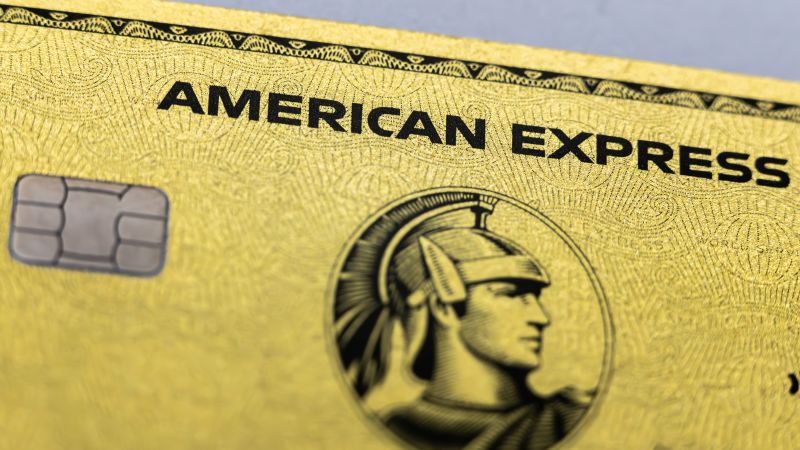Introduction to Premium Credit Cards
Americans view the economy bleakly. But despite the headwinds, high earners are still spending like crazy — and credit card companies are offering more and more perks to lure them.
The Rise of Luxury Benefits
Both American Express and JPMorgan Chase have added luxury benefits to their top rewards cards. For example, the Amex Platinum Card now offers a $200 credit toward an Oura Ring, while the Chase Sapphire Reserve offers up to $500 credit toward high-end hotels; Both cards offer many other benefits such as access to airport lounges. These new perks came with higher annual fees: the Platinum Card now costs $895 and the Sapphire Reserve costs $795.
Funding the Rewards
These rewards are also funded by the fees that credit card companies charge merchants every time any Customer pays by card. These so-called swipe fees often include items such as exchange, processing and other fees that merchants must pay to credit card companies in order to accept their cards. The U.S. market has the highest of these interest rates compared to the rest of the world, "and that’s what’s being used to fund these very high premiums," said Brian Riley, director of credit advisory at Javelin Strategy & Research.
The Impact on Merchants and Consumers
So as the rich turn to credit cards with higher rewards, the price merchants pay to accept them has also risen – forcing merchants to choose between lower profits or raising their own prices. For this reason, cash payers also end up sharing in the rewards of this elite card. Joanna Stavins, chief economist and policy advisor at the Federal Reserve Bank of Boston, found in her research that those who pay with cash and direct debit are in effect “subsidizing” credit card users by paying the same prices without reaping the benefits.
The Growing Divergence in Spending
There is a growing divergence in spending between high- and low-income households. In September, credit and debit card spending among high-income households grew more than four times faster than low-income spending, according to data from the Bank of America Institute. “There is a gap, and the gap is getting bigger,” said David Tinsley, senior economist at the Bank of America Institute.
The Benefits of Credit Cards
Nearly half of U.S. consumer spending comes from people with incomes in the top 10% – the highest percentage since at least 1989. And while most low- and middle-income earners prefer to pay with cash or debit cards, a majority (51%) of households earning more than $150,000 per year prefer credit cards, according to 2025 Federal Reserve findings.
The Increase in Swipe Fees
As credit card usage increases, so do merchant acceptance fees. According to NACS, which cited data from Nilson, these swipe fees have increased by almost 70% since the start of the Covid-19 pandemic.
The Need for Legislation
To address this, NACS has advocated for legislation aimed at promoting competition and allowing merchants to choose lower-cost credit card payment networks. Although she gained key supporters when the law was introduced in 2023, such as now-Vice President JD Vance, the legislation has not yet progressed and observers see little chance of it becoming law in the near future.
The Impact of Swipe Fees
Javelin Strategy & Research’s Riley said that without such legislation, credit card issuers would increase their reliance on premium cards, which often charge consumers high annual fees and merchants higher acceptance fees – a lucrative business model in an economy where high earners are seeing the fastest growth in spending and wages.
The Benefits of Swipe Fees
Some experts say these swipe fees are necessary so merchants can continue to enjoy the benefits of accepting cards. Todd Zywicki, a law professor at George Mason University, has argued against proposals to cap swipe fees, arguing that the increased use of credit cards has benefited both merchants and consumers: it gave businesses the flexibility to make purchases without cash and consumers had access to credit.
The Redistribution of Credit Card Rewards
One of the published studies by the International Monetary Fund found that those with high credit scores – including those with low incomes – benefited from using rewards cards. According to the researchers, high-income consumers with high credit scores benefited the most, while high earners with low credit scores ended up losing more than any other group.

